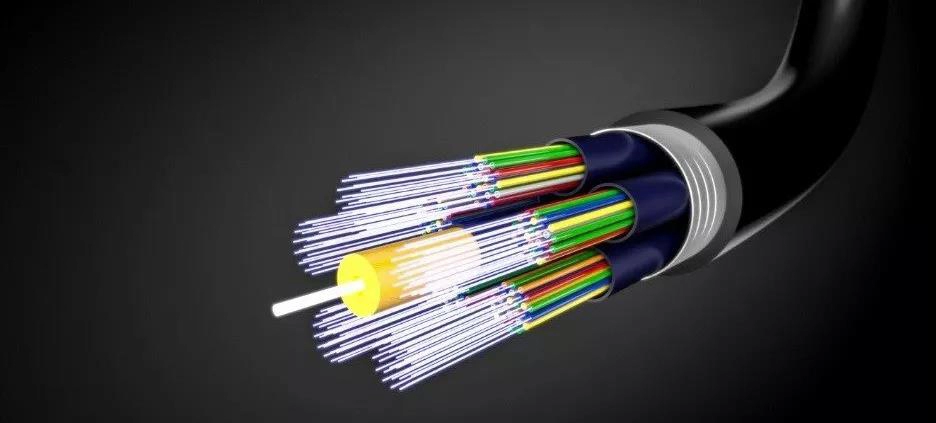
Blog
blog Location: Home > Blog > Technical Article
Location: Home > Blog > Technical Article
 Update Time:2025-08-14
Update Time:2025-08-14 Traffic:
Traffic: In today's era of information explosion, network technology is changing rapidly, and fiber optic Internet is undoubtedly the leader among them. This article will take you to understand the definition, working principle, advantages, comparison with other networks and future development trends of fiber optic Internet, and help you fully understand this important network form.

Definition of Fiber Optic Internet
Fiber optic Internet, also known as fiber-to-the-home (FTTH) or fiber-to-the-building (FTTB), is a technology that uses fiber optic cables as a transmission medium to provide a high-speed Internet connection. Fiber optic cables are composed of extremely fine glass or plastic fibers that are capable of transmitting data in the form of optical signals. Fiber optic has higher bandwidth potential and lower signal attenuation than traditional copper cables, such as telephone lines or coaxial cables, which allows it to provide a faster and more stable Internet connection.
How Fiber Optic Internet Works
The working principle of Fiber Optic Internet is based on the principle of total reflection of light. Data is first converted into an optical signal, which is then transmitted through a fiber optic cable. At the sending end, a laser or Light Emitting Diode (LED) converts electrical signals into optical signals, which travel along the fiber in total reflection in the fiber optic. At the receiving end, a light detector converts the optical signal back into an electrical signal, which is then further processed and decoded to restore the original data source. Fiber optics can communicate in both directions, often using different wavelengths to distinguish between uploaded and downloaded data, enabling simultaneous high-speed data transmission.
The advantages of fiber optic internet
Speed advantageFiber-optic Internet can provide extremely high download and upload speeds, far exceeding traditional copper networks. Many optical networks can provide gigabit or even 10 gigabit bandwidth, which means users can download large files in a short time, watch high definition and 4K videos smoothly, and play lag-free online games.
Strong stabilityFiber optic cables are not affected by electromagnetic interference, and the signal attenuation is also very small, so they can provide a stable network connection with few signal interruptions or fluctuations.
High reliabilityFiber optic cables are more durable than copper cables, less susceptible to physical damage, and last longer, reducing the frequency of maintenance and replacement.
Future scalability is goodFiber optics hold great bandwidth potential to meet the growing demand for data transmission in the future, whether it is the mass connectivity of IoT devices or the development of higher-resolution video and virtual reality applications.
The comparison between fiber optic internet and other networks
Compared to DSL (Digital Subscriber Line)DSL uses existing telephone lines to transmit data at speeds that are limited by the length and quality of the line, and upload speeds are often much lower than download speeds. Fiber optic Internet, on the other hand, is not subject to these limitations and can provide symmetrical high-speed bandwidth.
Compared to cable TV networks (using coaxial cable)Cable networks can also offer higher speeds, but during peak hours, speeds can drop due to shared bandwidth. Fiber optic internet provides individual bandwidth for each user, unaffected by other users.
Compared to satellite internetAlthough satellite internet can cover remote areas, it is not suitable for applications with high real-time requirements due to the long signal transmission distance and high latency. The latency of fiber optic internet is very low.
The future development trend of fiber optic Internet
With the continuous advancement of science and technology, fiber optic Internet will play a more important role in the future. On the one hand, the development of 5G network and fiber optic Internet complement each other. 5G is mainly used for high-speed connection of mobile devices, while fiber optic Internet provides stable high-speed connection for fixed places. Together, the two build a high-speed and seamless network environment. On the other hand, with the rapid development of Internet of Things, artificial intelligence, virtual reality and other technologies, the demand for internet bandwidth and speed will continue to grow. With its advantages of high bandwidth and low latency, fiber optic Internet will become a key infrastructure to support the development of these new technologies. In addition, the popularity of fiber optic Internet will continue to expand, and more areas, including remote rural and underdeveloped areas, will have the opportunity to access the optical network and enjoy the convenience brought by high-speed Internet.
Through the introduction of this article, I believe you have a deeper understanding of fiber optic Internet. Whether it is now or in the future, fiber optic Internet will play an increasingly important role in our lives.
